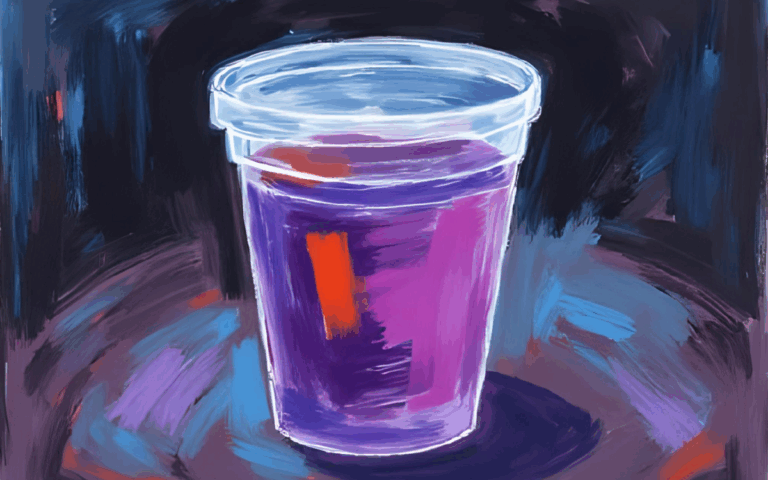Resources
Discover articles, client stories, and valuable insights to support your mental health and wellness journey.

How Dual Diagnosis Treatment Works in Pennsylvania

What Happens After Detox? Your Path to Recovery at STR Silver Pines

Choosing the Right Detox Center – What to Look For

Medical Detox: Why It’s the Safest Choice for Drug + Alcohol Withdrawal

The Dangers of Detoxing at Home: What You Need to Know

How to Support a Loved One in Detox

Alcohol Detox: Why Fast Fixes Fail and Medical Support Matters

Detox: The First Stage of Addiction Treatment

What Is Lean? The Dangers of This Addictive Drink

Signs You Need Drug or Alcohol Detox

Dual Diagnosis: What Is It + Why Is It Important?

The Dangers of Combining Opioids + Benzodiazepines
…